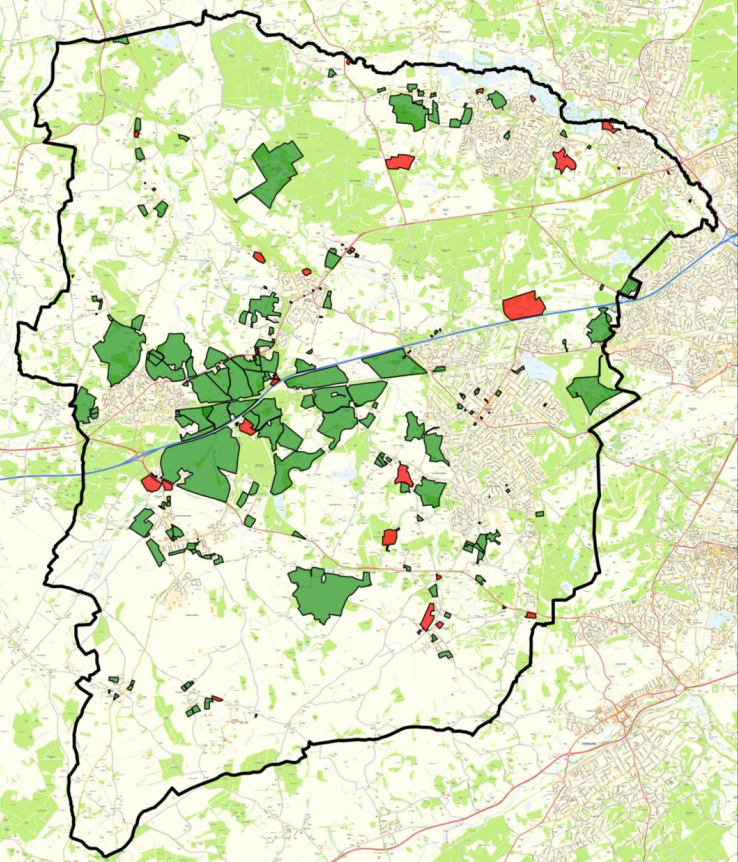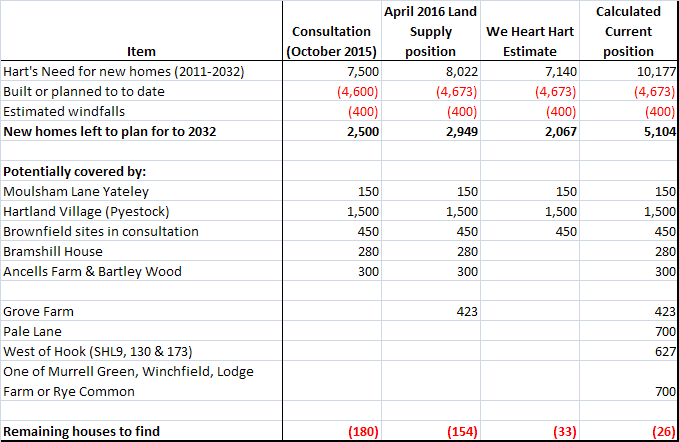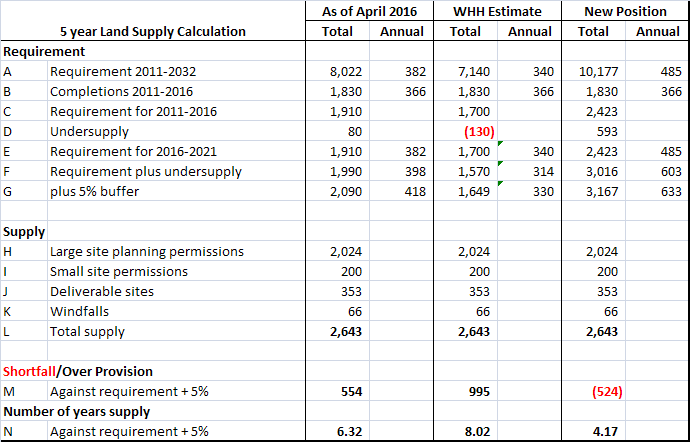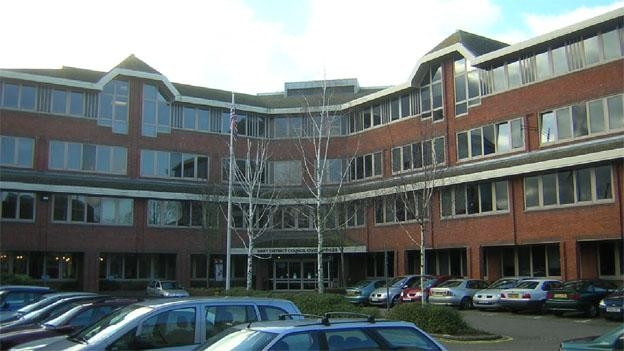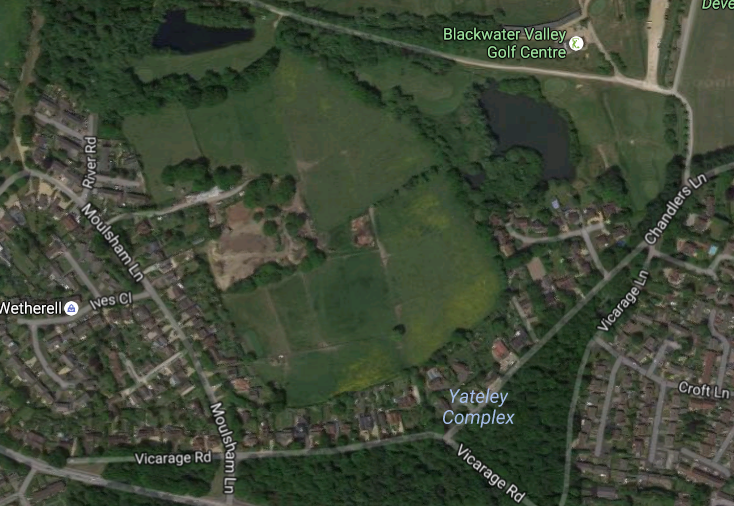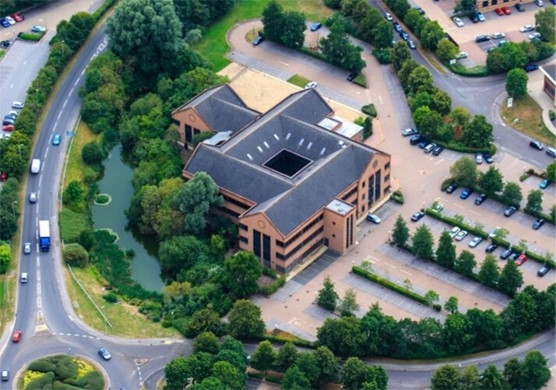
The current state of play of the Hart Local Plan was set out in an email to Parish Councils last week. We reproduce it below with our commentary in [bold italics]
Dear All, I am writing to update you on the current position with regard to the Hart Local Plan.
The Council’s overall strategic position on the Local Plan was agreed in October 2016. It is to:
“Seek to meet Hart’s full, objectively assessed need for new homes, subject to the inclusion of an appropriate contingency to allow for any delays or the non-delivery of sites, and that it will also seek to accommodate any demonstrated unmet need for new homes from its Housing Market Area partners, and additionally provide for essential infrastructure including a site for a secondary school”.
We have a Local Plan Steering Group (LPSG) that was set up by Cabinet and comprises a small Core Group of Members (The Leader, the respective Portfolio Holders for Planning and Housing, all Group Leaders, and the Chairman of Planning Committee). The purpose of LPSG is to advise Cabinet on Local Plan matters. It is not a decision making body. LPSG meetings are not held in public but the meetings are not secret and the minutes of each meeting are reported to Cabinet. The meetings are also open to all Councillors to attend and Stephen Parker, as Chairman, has encouraged all present to participate.
The latest meeting in December (LPSG minutes attached) tested the Policy Planners recommendation that we should support a potential option (which we called Option 3a) that included a possible small new settlement, urban extensions and a balanced distribution of new homes across the District. [We believe this included Murrell Green, Grove Farm and Owens Farm to the west of Hook. We understand Winchfield and Pale Lane (Elvetham Chase) were specifically excluded]. A site for a secondary school was also identified. In principle Option 3a would have accorded with the strategic aims agreed by the Council in October 2016. If agreed it would have resulted in a draft Plan being progressed to Council at the end of January with a view to it all going out to public consultation.
Whilst Option 3a still lies on the table the consensus from the recent LPSG meeting was that Option 3d (a larger new settlement and distribution option) [We believe this brought Winchfield back into the equation. The likely timescales would probably mean that Grove Farm and some combination of Pale Lane and Owens Farm would be required] should be revisited [We understand the driving force behind this initiative was
ConcreteCommunity Campaign Hart, who seem intent on derailing the whole process]. This was because the recent Housing Options consultation had confirmed that the public’s first preference is for future growth to be focused on the delivery of a new settlement [Actually the council stated its first preference was for brownfield development, but did not give the public an opportunity to vote on that solution]. The least preferred option was for more urban extensions. The broad cross party consensus was that we should look to avoid delivering urban extension and Option 3d would in itself be an alternative way of delivering the strategic aims agreed by the Council in October 2016.At the moment we are reflecting upon this. We are reviewing the two options and we will consult shortly on one of them. At the time of consultation we will offer a briefing to all Parish and Town Councils. We are also testing the need for any affordable housing uplift [This is the rumoured 2,155 extra houses to meet an alleged need for 800+ extra affordable homes] which is also an new approach that is being recommended to us by the Policy Planners. It does have an implication for how many new homes that we should built but it does reflect issues that have been raised by Inspectors at recent Local Plan examinations. We need to consider it further and a policy decision made by the Council about whether it agrees to follow it. This testing may require a little additional work and re-evaluation of delivery timescales and trajectories. More information is being submitted to help us with the evaluation.
In the meantime Officers are keen not to undermine the democratic processes by engaging in a public debate [!!!!!] in advance of the District Councillors themselves having formed a view about how they wish to see the way forward [Perish the thought that councillors be involved in a debate with the public] . There is absolutely no benefit in seeking to rehearse decisions that have not yet been made and I’m sure that everyone would agree that it would not be right for Officers to engage in what is in effect political speculation.
We understand form elsewhere the delay to the Local Plan will be 4-6 weeks, or longer. Given that five of the six weeks have already all but gone by since the LPSG meeting on 13 December, we shall not be holding our breath.
